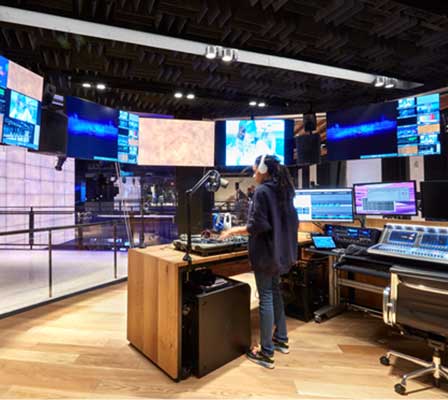"This is Samsung 837, where technology and culture collide.Not a store. Samsung isn't selling any products at the 837 location. It's selling the Samsung brand experience--come in and experience its electronics and concepts, up close and personal. New product introductions? Yes, available to opinion leaders, influential early adopters, and potential customers who want to see and try the latest in personal or wearable tech.
Located in the heart of the Meatpacking district in NYC, Samsung 837 combines art, fashion, technology, and sport in unprecedented ways. It’s not a store, but a new kind of place filled with ideas, experiences, and Samsung’s cutting edge devices."
Especially virtual reality. For the Olympics, Samsung 837 offered a special virtual reality feed of highlights in Rio, free to visitors. Also on the calendar are lots of events to attract visitors and keep Samsung 837 in the public eye.
Meanwhile, Samsung is fine-tuning its in-store strategies for selling through Best Buy and other retailers, to differentiate its brand and its products.

